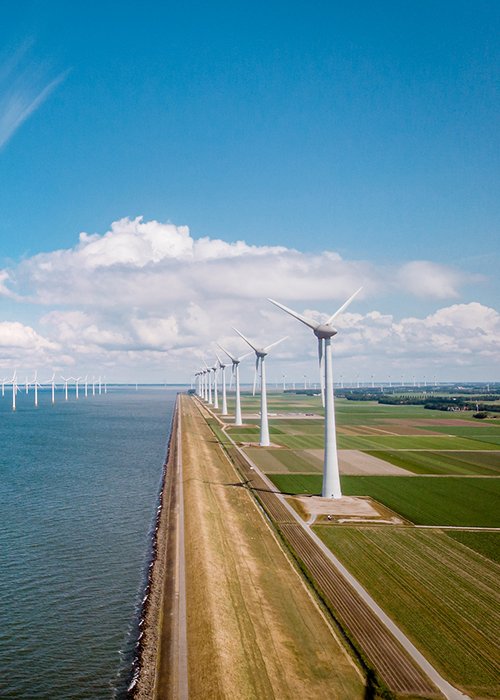The most important way to use wind power is to produce electric power through wind generators, namely aerogenerators. Electric power is obtained by exploiting wind kinetic energy: airflows move at more than 10 km/h speed making the blades of a propeller turn. They are connected to a generator that transforms mechanic power into electric power.

